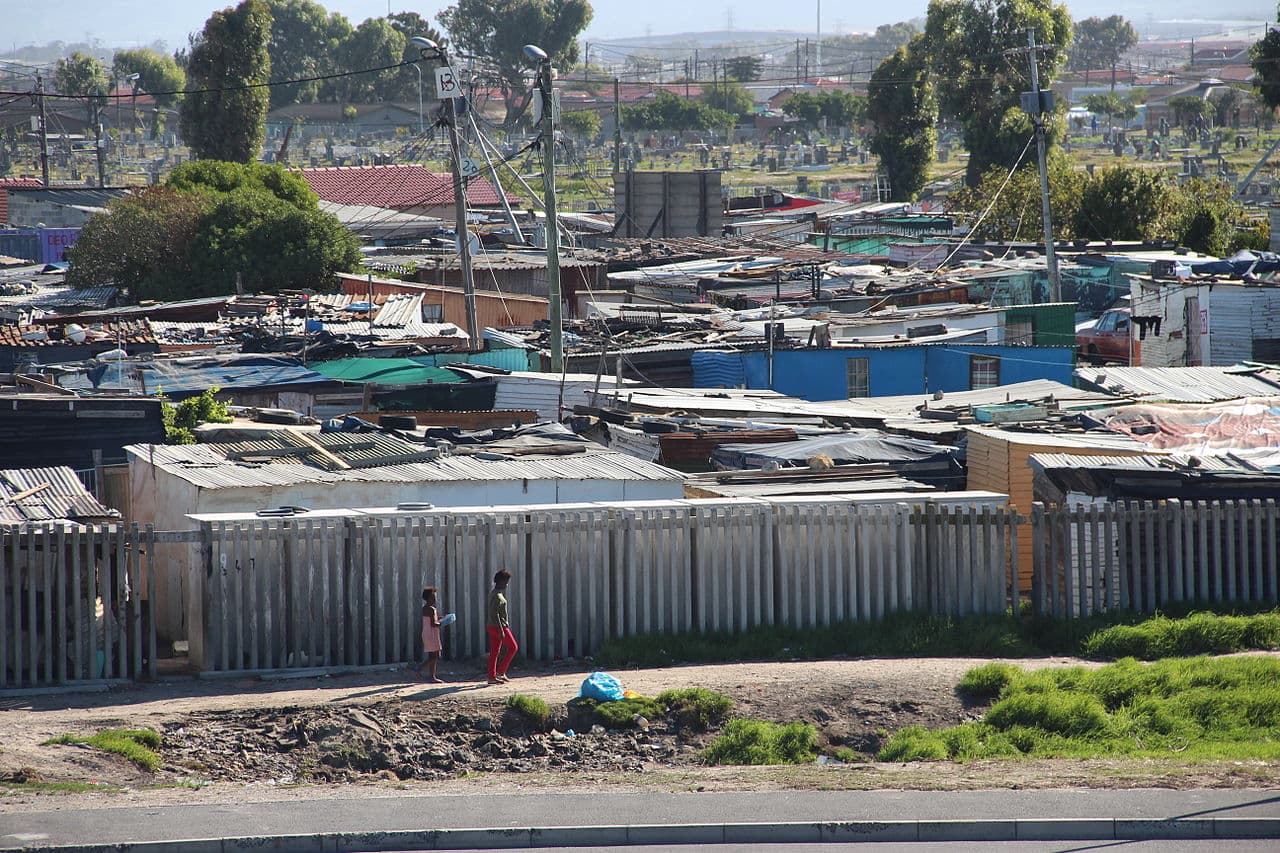
South Africa’s money pot growing? What Mzansi’s latest GDP numbers mean for you
This growth means the value of goods and services produced in South Africa is going up, but can it lead to jobs and better living conditions?

South Africa’s economy saw a slight increase in the second quarter of 2025. Here’s what that 0.8% growth means for your pocket and future opportunities.
Last week, Statistics South Africa announced that Mzansi’s economy, measured by gross domestic product (GDP), grew by 0.8% in the second quarter of 2025, a slight but welcome improvement from the 0.1% growth seen earlier in the year. This latest report, embargoed until 9 September 2025, shows how different parts of our country’s financial engine are performing and impacting your daily life.
This growth means the value of all goods and services produced in the country is going up, which can sometimes lead to more jobs and better living conditions. Eight major industries contributed positively to this expansion, signalling varied performance across key sectors. This information is based on the official Gross domestic product, Second Quarter 2025 statistical release from Stats SA.
Is Mzansi’s Economy Really Making More Money?
The overall economy indeed grew by 0.8% this past quarter, which is better than the first quarter’s 0.1% increase. This shows a slight step forward, but is it enough to make a real difference for us, the everyday South Africans? Let’s break down where this money is coming from and where it’s falling short.
The Big Winners: Where is the GDP Growth Coming From?
- Manufacturing on the Rise: Our factories, making everything from petroleum and chemical products to motor vehicles, were the biggest positive contributors, increasing by 1.8% and adding 0.2 of a percentage point to the GDP growth. This is good news as manufacturing creates many jobs.
- Shopping and Tourism Shine: If you’ve been buying more or noticing more activity in your local areas, you’re part of this! The trade, catering and accommodation industry, including retail, motor trade, accommodation and food services, grew by 1.7%, contributing another 0.2 of a percentage point.
- Mining for Riches: Digging up platinum group metals (PGMs), gold, and chromium ore also boosted the economy, with the mining and quarrying industry increasing by 3.7% and contributing 0.2 of a percentage point.
Who’s Lagging Behind?
- Transport Struggles: Unfortunately, getting around was a weak point. The transport, storage and communication industry decreased by 0.8%, pulling down the overall GDP by 0.1 of a percentage point. This was mainly due to decreased activities in land transport and transport support services.
- Construction Slows: Building work also slowed down slightly, with the construction industry decreasing by 0.3%. This means fewer new residential and non-residential buildings being put up, which can impact job opportunities in the sector.
How Our Pockets Are Doing
- Household Spending Keeps Us Going: We, as households, increased our spending by 0.8%, which was a big driver for the economy, contributing 0.6 of a percentage point to the total growth. We spent more on durable goods, semi-durable goods, and services, including restaurants, hotels, and clothing.
- Government Spending: Government final consumption expenditure increased by 0.7%, adding 0.1 of a percentage point to the growth, driven by purchases of goods and services and employee compensation.
- Investment Downturn: However, businesses invested less in new equipment and infrastructure. Gross fixed capital formation, or investment by businesses, decreased by 1.4%, contributing negatively to growth. This is a concern for future economic expansion.
